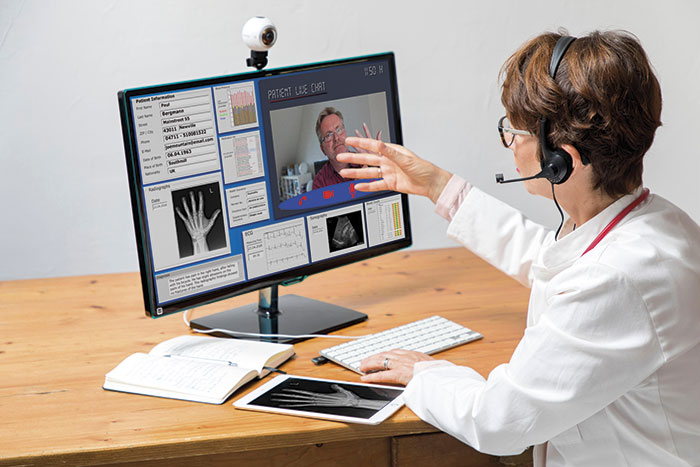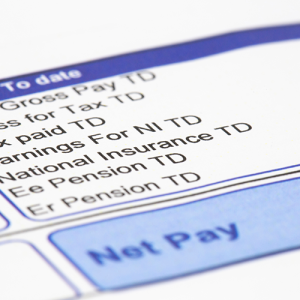
A recent report from O2 claims the introduction of 5G will save councils £2.8bn annually, free up 1.1m GP hours, save the average household £450 and generate productivity savings of £6bn for UK cities. Projected savings on this scale deserve further investigation. 5G is short for fifth-generation mobile networks.
The first-generation networks were introduced in the 1980s and carried only voice data.
The second generation in the 90s added text and picture messaging. In the early 2000s, 3G brought mobile data, followed by 4G in 2013, supporting mobile internet and higher speeds for activities like video streaming and gaming. Now, 4G and 4G+ are widely available across the UK, although many of us still find frustrating 3G patches as we travel around.
The four major UK telecoms companies recently spent £1.35bn in Ofcom’s auction to purchase rights to use the 5G spectrum, and several 5G test-beds have been set up to assess implementation options, with the expectation that 5G will begin to be introduced nationally some time around 2019/20.
The telecoms companies have a strong interest in talking up the potential.
'The main benefits of 5G are that it will be much faster, possibly a hundred times faster than 4G. To put this into context, you could probably download – not just stream – a full HD film in less than 10 seconds, whereas this might take 10 minutes over 4G and more than a day over 3G.'
The main benefits of 5G are that it will be much faster, possibly a hundred times faster than 4G. To put this into context, you could probably download – not just stream – a full HD film in less than 10 seconds, whereas this might take 10 minutes over 4G and more than a day over 3G.
More important, 5G will have much greater capacity, with significantly lower ‘latency’ (the lag in responding to data). 5G should react in about a millisecond, compared with 45ms for 4G, and 120ms for 3G.
This means these new networks will be better able to cope with multiple, simultaneous high-demand applications, such as AI, robotics and connected infrastructure. A few milliseconds will be imperceptible to the average user, but with driverless cars could mean the difference between life and death.
The report envisages that 5G secure connectivity will enable widescale adoption of high-quality telehealth video conferencing, as well as digital health monitoring devices.
GPs will be able to conduct remote consultations; your phone will be able to alert care services if you fall, using inbuilt accelerometers; and sensors will be able to share your vital signs with healthcare professionals to help manage chronic illness.
NHS hospital re-admissions (ie those who leave but are readmitted within 30 days) could be reduced by 30% through aftercare monitoring.
For councils, smart refuse collections could cut costs by £1.8bn, while smart LED street lighting, which can be dimmed or brightened as needed, could offer energy savings of £91m.
While some of the claims look optimistic, even speculative, others build on established thinking and projects. If the UK is to get the most out of 5G and the benefits that it offers, there is a real opportunity for government, local authorities and the NHS to explore the opportunities offered by the superconnectivity that is about to be unleashed.
Collectively, the public sector could have a huge influence on the rollout of 5G by helping to integrate it into infrastructure, better connect communities and support the broader economy – so are we up for the challenge?



















